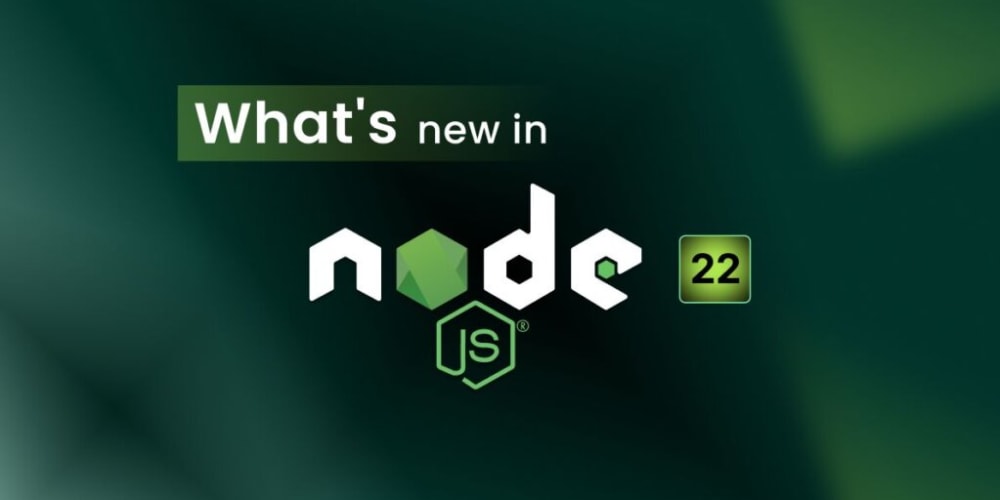<!DOCTYPE html>
Memory Management in GraalVM Native Image
<br> body {<br> font-family: sans-serif;<br> line-height: 1.6;<br> }</p> <div class="highlight"><pre class="highlight plaintext"><code>h1, h2, h3 { margin-top: 2rem; } pre { background-color: #f5f5f5; padding: 1rem; border-radius: 4px; overflow-x: auto; } code { font-family: monospace; } img { max-width: 100%; display: block; margin: 2rem auto; } </code></pre></div> <p>
Memory Management in GraalVM Native Image
GraalVM Native Image is a revolutionary technology that transforms Java applications into native executables, achieving significant performance gains and reduced startup times. However, with this transformation comes a unique approach to memory management that differs significantly from the traditional JVM heap-based model. Understanding how memory is managed within a Native Image is crucial for maximizing application performance and avoiding potential pitfalls.
Introduction: The Challenge of Native Execution
Traditional Java applications run on the Java Virtual Machine (JVM), a runtime environment that manages memory dynamically. The JVM allocates heap memory to store objects and performs garbage collection to reclaim unused memory. This dynamic approach provides flexibility but can also lead to performance overhead, particularly during startup and garbage collection cycles.
Native Image, on the other hand, aims to eliminate the JVM entirely, compiling the Java code into a standalone executable. This static compilation eliminates the overhead of runtime interpretation and class loading, leading to faster startup and reduced memory footprint. However, the lack of a dynamic runtime also necessitates a different approach to memory management.

Key Concepts: Memory Management in Native Image
Here's a breakdown of the key concepts behind memory management in GraalVM Native Image:
- Ahead-of-Time (AOT) Compilation
The core of Native Image is its AOT compilation process. During compilation, the Native Image tool analyzes the application's code and statically determines the set of classes and methods that will be used at runtime. This analysis allows the tool to pre-allocate memory for all necessary objects and data structures, eliminating the need for dynamic allocation at runtime.
Since memory requirements are known ahead of time, Native Image allocates memory statically. This means all objects and data structures are assigned fixed memory addresses during compilation. This static allocation eliminates the overhead of runtime memory allocation and garbage collection, resulting in significant performance gains.
In Native Image, the traditional JVM heap is replaced by the "Image Heap". This heap is pre-populated during compilation with all the objects and data structures required by the application. Unlike the JVM heap, the Image Heap is not managed dynamically; it remains fixed throughout the application's lifetime.
While static memory allocation is the primary approach in Native Image, some dynamic memory allocation is still possible. This typically involves scenarios where memory requirements are unknown at compile time, such as external libraries or user input. However, dynamic allocation is limited and carefully controlled to avoid performance overhead.
Since the Image Heap is pre-populated, garbage collection in the traditional sense is not required. However, Native Image employs a strategy known as "memory defragmentation" to reclaim unused memory blocks within the Image Heap. This process optimizes memory utilization by relocating objects to contiguous regions, reducing fragmentation and improving overall performance.
Techniques and Tools
Native Image employs several techniques and tools to manage memory effectively:
The Native Image tool performs a comprehensive static analysis of the application's code to identify all reachable objects and data structures. This analysis involves tracking object dependencies and identifying potential memory leaks.
The Native Image tool generates a "heap snapshot" during compilation, providing a detailed view of the application's memory layout. This snapshot helps developers understand the memory allocation patterns and identify potential optimization opportunities.
Native Image includes tools and techniques for detecting memory leaks. These tools help developers identify objects that are no longer reachable but still consume memory, preventing potential crashes or performance degradation.
Native Image allows developers to use memory profiling tools to analyze memory usage patterns and identify potential memory leaks or inefficient memory allocation.
Step-by-Step Guide: Managing Memory in Native Image
Here's a step-by-step guide to managing memory effectively in GraalVM Native Image:
Before compiling with Native Image, analyze your application's memory usage in a traditional JVM environment. Use profiling tools to identify memory hotspots, potential leaks, and inefficient memory allocation patterns.
Based on your memory analysis, optimize your application code for static memory allocation. Reduce the use of dynamic data structures, avoid unnecessary object creation, and implement efficient memory management practices.
Use the Native Image tool's configuration options to control memory allocation and optimization. Configure parameters like heap size, memory fragmentation, and memory defragmentation settings to optimize performance.
After compilation, run your native application and monitor its memory usage using profiling tools. Identify potential issues and make further optimizations as needed.
Examples and Code Snippets
Here are some code examples demonstrating memory management concepts in Native Image:
Example 1: Static Memory Allocation
public class MyObject {
// Static members are allocated at compile time
public static final int SIZE = 100;
// Instance members are allocated on the Image Heap
private int[] data;
public MyObject() {
data = new int[SIZE]; // Pre-allocated during compilation
}
}
Example 2: Memory Leak Detection
public class MemoryLeakDetector {
private static final List
<object>
references = new ArrayList<>();
public static void main(String[] args) {
// Simulate a memory leak by adding objects to a list without releasing them
for (int i = 0; i < 1000; i++) {
references.add(new Object());
}
}
}
When compiled with Native Image, this code will be analyzed for potential memory leaks. The references list will be tracked, and any objects that are not properly released will be flagged as potential leaks.
Conclusion: Best Practices for Native Image Memory Management
Here are some best practices for effective memory management in GraalVM Native Image:
-
Minimize Dynamic Memory Allocation: Prioritize static memory allocation whenever possible to reduce runtime overhead.
- Avoid Unnecessary Object Creation: Optimize your code to avoid creating unnecessary objects and minimize memory footprint.
- Use Memory Profiling Tools: Regularly monitor memory usage to identify potential leaks and inefficient allocation patterns.
- Optimize Code for Static Analysis: Write code that is easily analyzable by the Native Image tool to ensure accurate memory allocation.
- Consider Memory defragmentation: Use defragmentation strategies to optimize memory utilization and reduce fragmentation.
-
Understand Image Heap Limits: Be aware of the limitations of the Image Heap and avoid excessive memory consumption.
By adhering to these best practices and carefully managing memory usage, developers can optimize their Native Image applications for peak performance and efficient resource utilization.


















